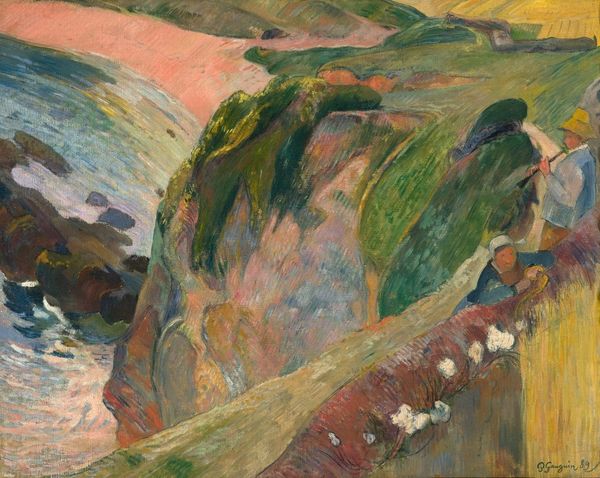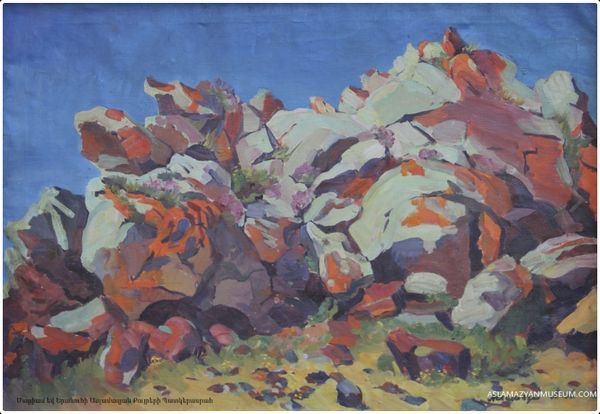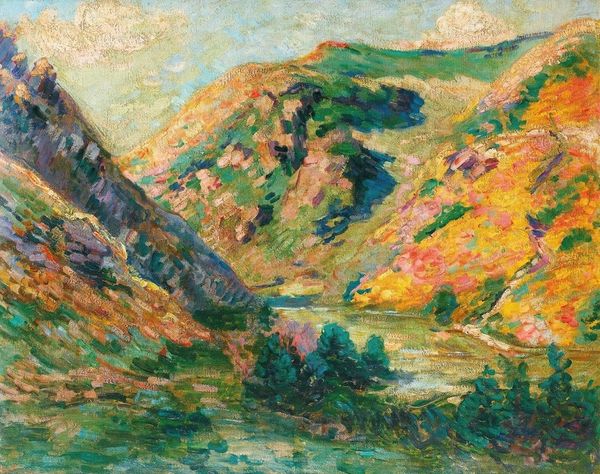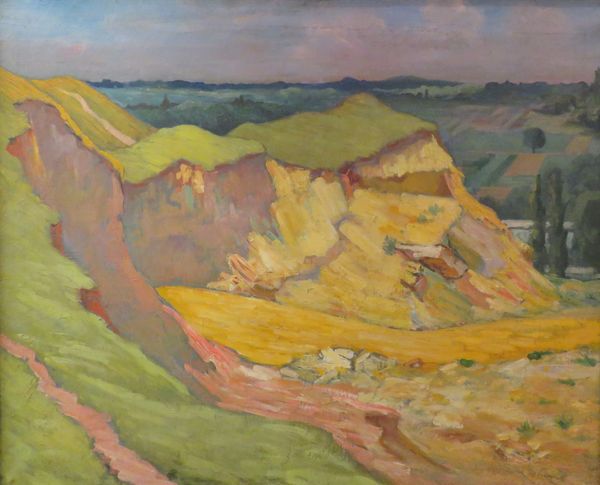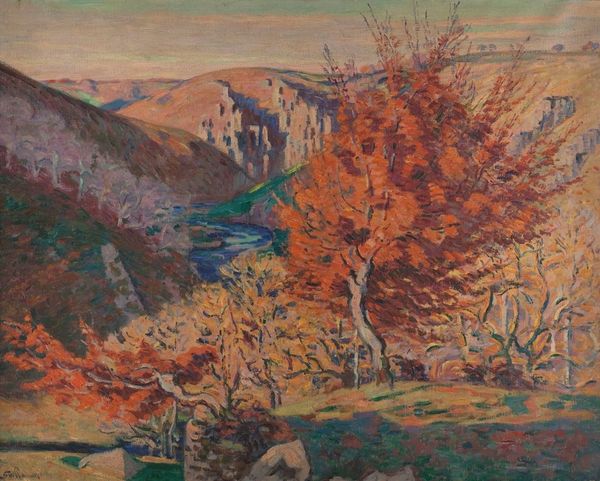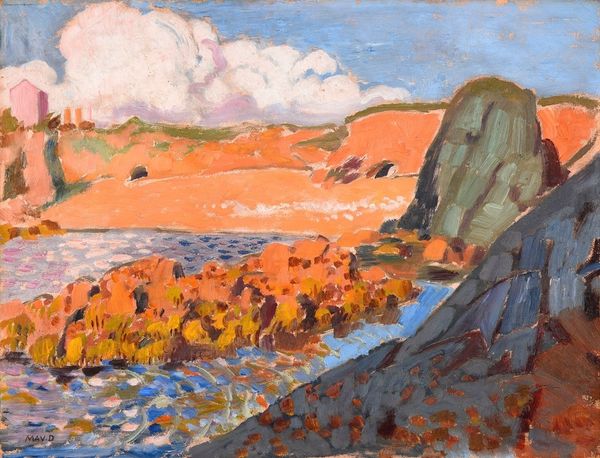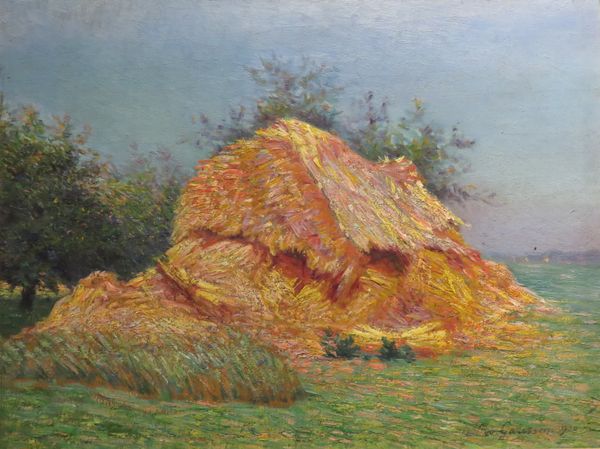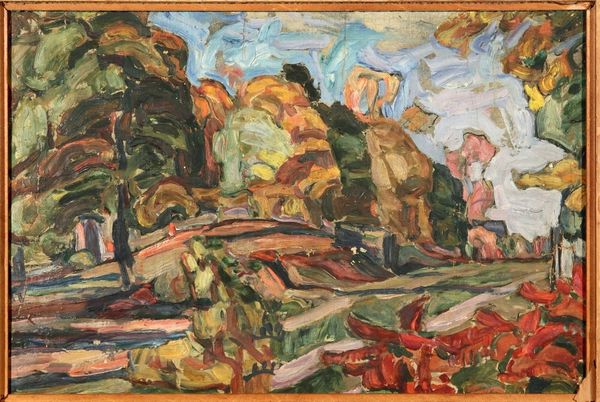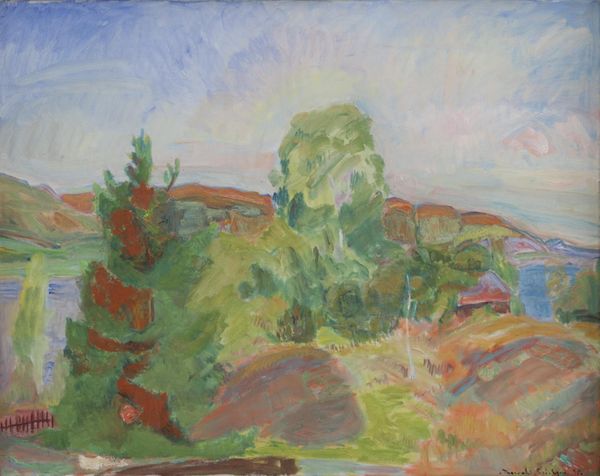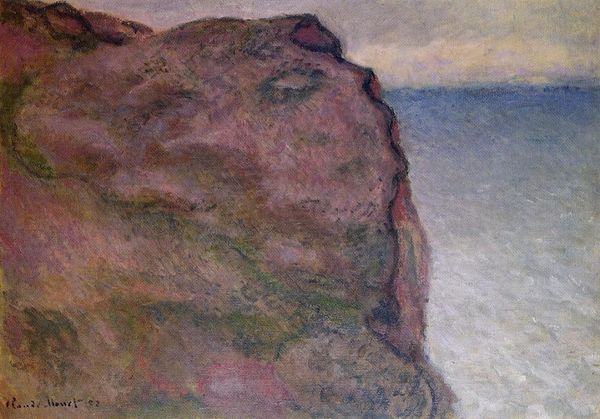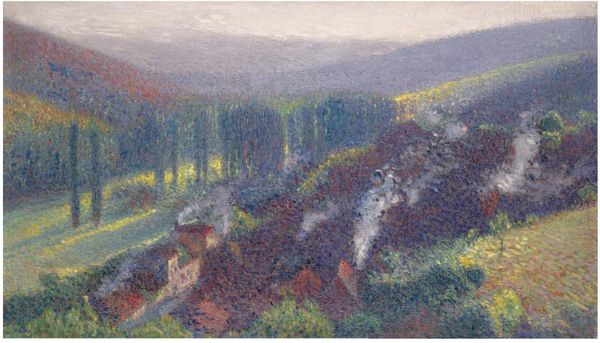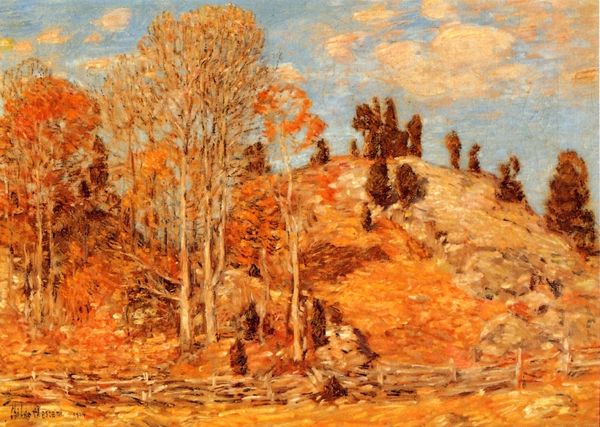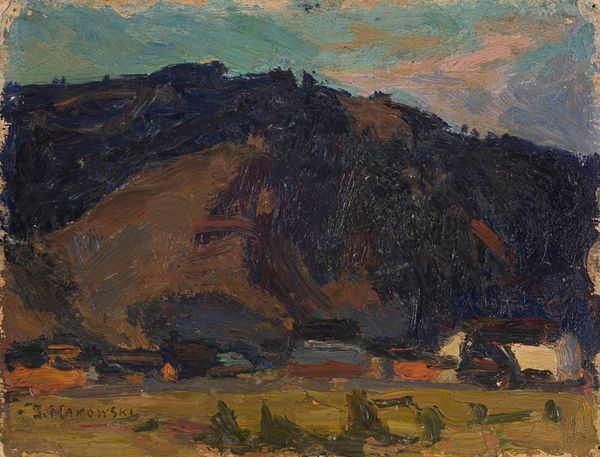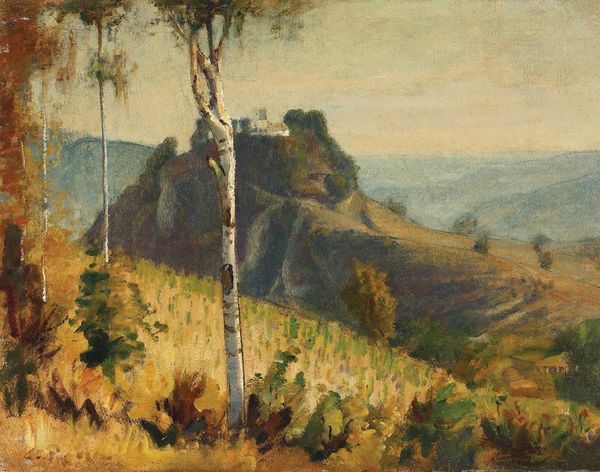
Copyright: Public Domain: Artvee
Armand Guillaumin made this oil painting of the Creuse region of France during the late 19th or early 20th century. He was one of many artists drawn to this rural area, seeking an escape from the industrialized cities and a connection with the authentic French countryside. Guillaumin's landscapes, like those of the Impressionists, captured fleeting moments of light and atmosphere. But there's a rugged quality here, a sense of the land's ancient history and the enduring connection between the peasantry and the soil. France was a nation undergoing rapid social and economic change at this time. As the cities grew, so did the idealized image of the countryside, an image promoted by the art market and the institutions that supported it. To understand this painting fully, we can consider these themes within the framework of French social history. We can examine the writings of contemporary critics, the records of art dealers, and the biographies of artists. This approach reveals how images of the French landscape were not simply representations of nature, but reflections of a changing society and its complex relationship with the land.
Comments
No comments
Be the first to comment and join the conversation on the ultimate creative platform.
